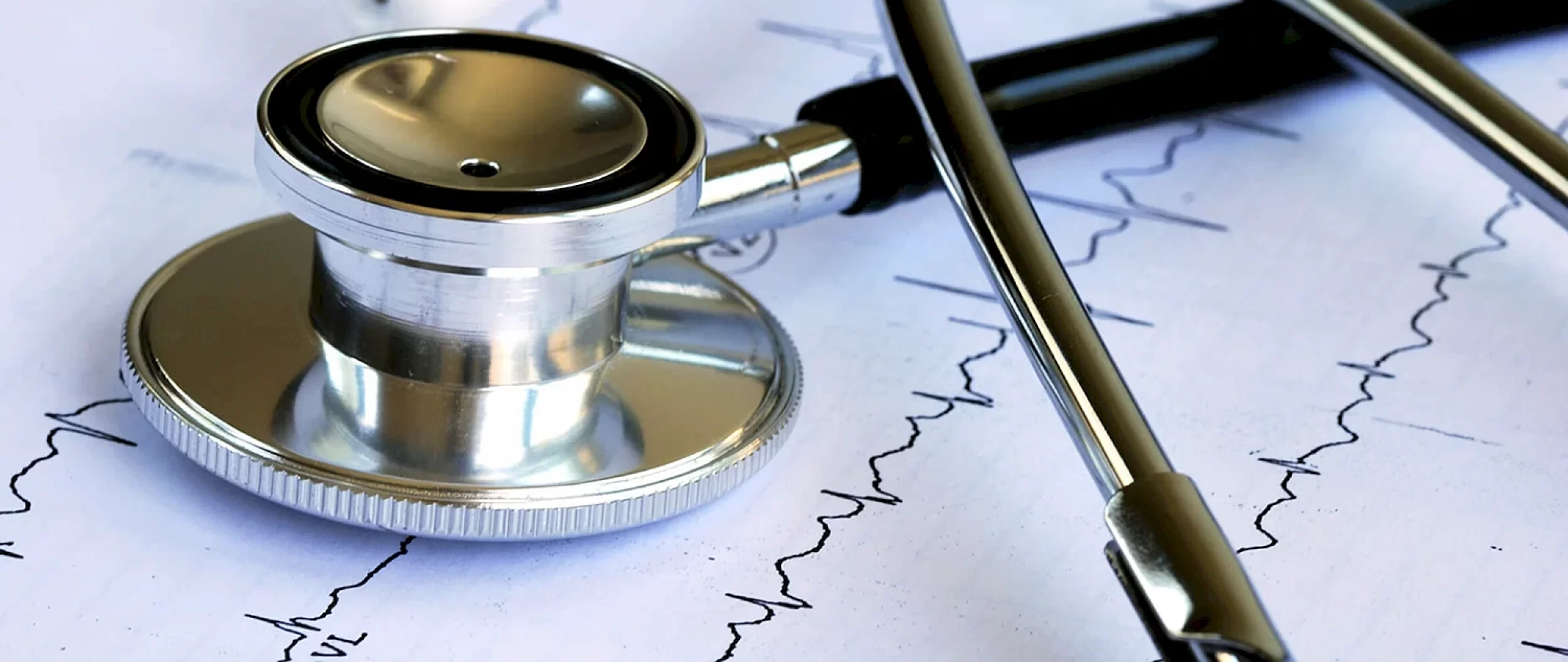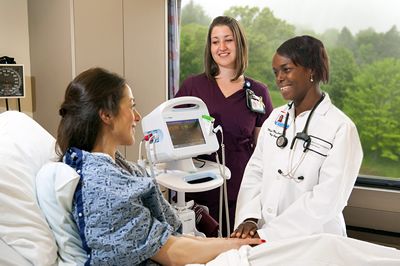The importance of breast health cannot be emphasized enough. Regular screening and self-exams play a significant role in early detection of breast cancer, increasing the chances of successful treatment and survival. In this article, we will delve into the importance of breast health, the screening methods available, and how self-exams can be a powerful tool in ensuring breast health.
Why Breast Health Matters
Breast health is crucial for both men and women. Breast cancer is the most common cancer diagnosed in women worldwide, but it can also affect men. Early detection is key to successful treatment and improved outcomes. Regular breast health screenings can detect abnormalities or changes in the breast tissue, allowing for timely intervention and reducing the risk of advanced stages of cancer.
Screening Methods for Breast Health
Several screening methods are available to detect breast cancer. These methods aim to identify any signs of cancer or abnormalities in the breast tissue, even before noticeable symptoms occur. Healthcare professionals typically recommend a combination of the following screening methods:
Mammography
Mammography is a widely used screening tool that uses low-dose x-rays to image the breast tissue. It can detect breast cancers that are too small to feel. Women aged 40 and older are usually advised to undergo annual mammograms. However, in some cases, women with a family history of breast cancer or other risk factors might require more frequent screenings or an earlier start.
Ultrasound
Ultrasound imaging uses sound waves to produce detailed images of the breast tissue. It can help determine whether a breast lump is solid or filled with fluid, which can aid in the diagnosis and treatment plan. Ultrasound is often recommended as an adjunct to mammography, particularly for women with dense breast tissue that can make mammogram results less accurate.
MRI
Magnetic Resonance Imaging (MRI) uses powerful magnets and radio waves to create detailed images of the breast tissue. It is primarily used in high-risk individuals, such as those with a strong family history of breast cancer or known genetic mutations, to screen for cancer. MRI can detect breast cancer that might be missed by other screening methods.
Self-Exams: A Powerful Tool for Breast Health
In addition to regular screenings, self-exams are a vital component of breast health awareness. By performing a self-exam, individuals become familiar with how their breasts normally look and feel, making it easier to identify any changes or abnormalities. While self-exams are not a substitute for professional screenings, they can aid in early detection.
When and How to Perform a Self-Exam
Experts recommend performing a self-exam once a month, typically a few days after the menstrual period ends when breasts are less likely to be tender or swollen. For postmenopausal women, selecting a fixed day each month is advised. The steps to perform a self-exam include:
Stand or sit in front of a mirror and visually inspect your breasts for any changes in size, shape, or contour.
Raise one arm and use the opposite hand to palpate your breasts in a circular motion, feeling for lumps or thickening.
Lie down and repeat the same circular motion while applying different levels of pressure to detect any variations in texture or changes.
When to Seek Medical Attention
If you notice any changes during a self-exam, it is crucial to consult a healthcare professional. While most changes do not indicate cancer, it is always better to err on the side of caution. Your doctor can further evaluate any concerns and determine the most appropriate course of action.
Conclusion
Breast health is of utmost importance for everyone. Regular screenings such as mammography, ultrasound, and MRI can aid in early detection, while self-exams help individuals become familiar with their breasts and detect any changes. By prioritizing breast health and taking proactive measures, we can protect ourselves and increase the chances of successful breast cancer treatment and survival.

